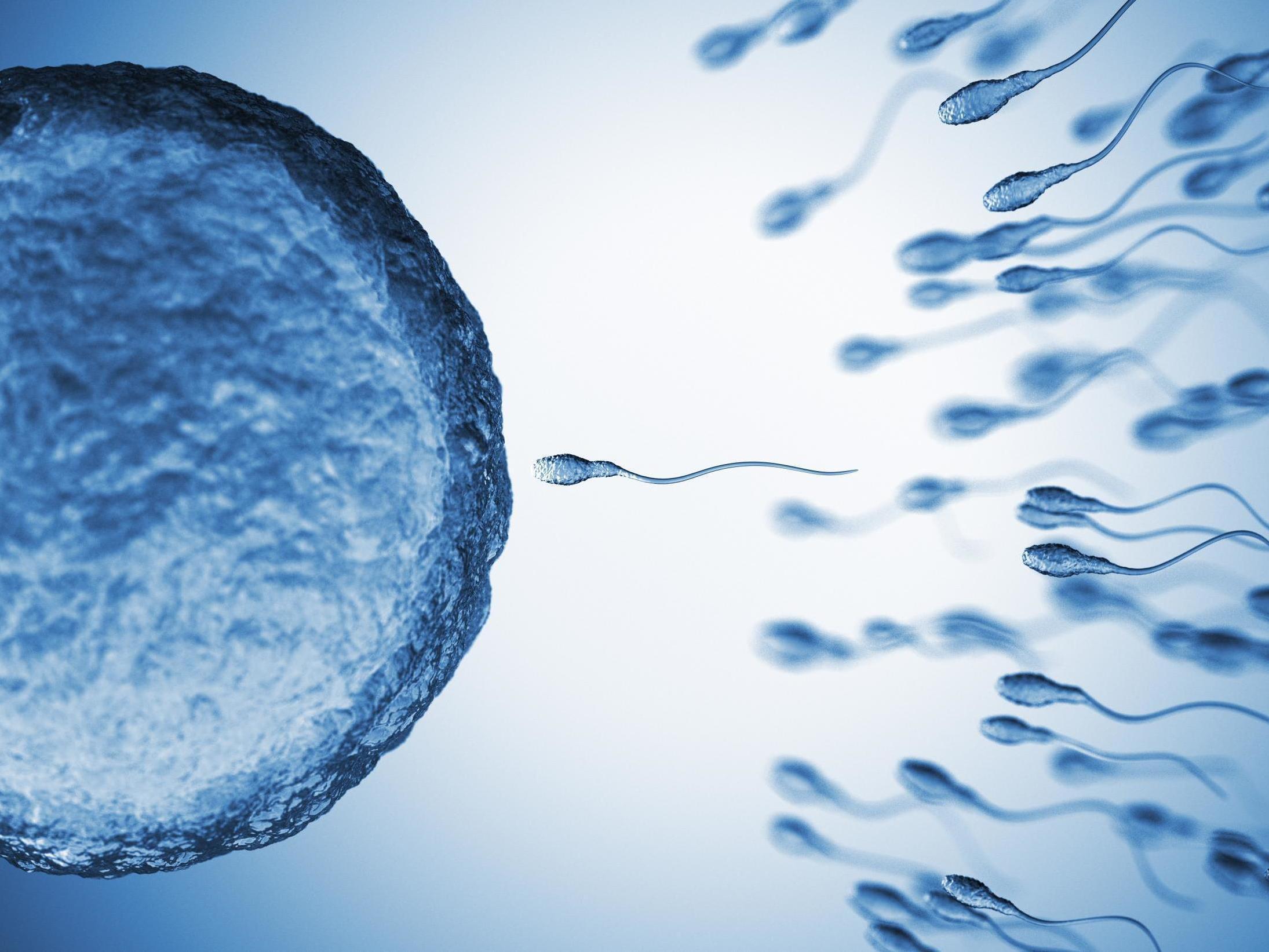Sperm tail-tracking technique could improve male fertility testing
Technique analyses how sperm tails move and consume energy

Tracking the movement of a sperm's tail could improve male fertility testing and lead to more effective treatments, according to a new study.
The technique developed by researchers at the University of Birmingham, works by measuring the speed and action of the sperm flagellum, or tail.
By analysing the tail, it is possible to decipher whether the sperm in an ejaculate have the potential to reach and fertilise the egg, they said as they published their findings in the journal Human Reproduction.
Currently, analysing sperm is either done by counting the number of sperm produced or by tracking the head of the cell.
However, “diagnostic methods are crude and there are still no drugs available for treating male infertility,” said researcher Jackson Kirkman Brown MBE.
The new technique uses a combination of rapid, high-throughput digital imaging, mathematics and fluid dynamics to detect and track sperm in samples.
To ensure the method is accessible to other researchers and clinicians, the team have developed a free-to-use software called FAST (flagellar capture and sperm tracking).
This will lead to an improved understanding of male fertility problems, and how to treat them, the researchers said.
“We have all heard of ‘sperm count’, and indeed the tools available to understand sperm - manual counting with a microscope - have not changed much since the 1950s," said lead researcher Professor Dave Smith.
"However, think of the amount of technology - camera, computing, connectivity - that we all now have access to. This project is about harnessing these 21st century technologies to address male fertility problems.”
The system’s mathematical model, developed by Gemma Cupples, analyses the amount of energy required for sperm to swim effectively.
“The new model enables us to measure miniscule forces that are impossible to measure experimentally,” she said. “The technique has lots of potential for other important problems, for example understanding how bacteria spread, and how fluids are transported around in tiny spaces in the body such as the brain".
Dr Brown added that the technique of measuring sperm mobility in detail “will ultimately help us to identify appropriate treatments or lifestyle changes to tackle male fertility problems, giving couples clearer answers and enabling better decisions."

He said: “Importantly, the better diagnoses this technique should enable will mean that patients can also be better assigned the correct treatment - be that an inexpensive and 'easy' treatment such as washing the sperm and injecting into the womb, or more invasive and complex treatments such as IVF or ICSI - a process similar to IVF in which sperm is injected directly into the harvested egg."
His fellow researcher, Meurig Gallagher added: "Sperm have an incredibly challenging task - they must travel distances of several thousand times their own body length through the female reproductive tract in search of an egg. This journey whittles a population of many million cells down to under a hundred. The flagellum is responsible for propulsion and navigation, so it's really vital that we understand what success looks like - how a healthy tail moves and how it consumes energy."
Join our commenting forum
Join thought-provoking conversations, follow other Independent readers and see their replies
Comments
Bookmark popover
Removed from bookmarks